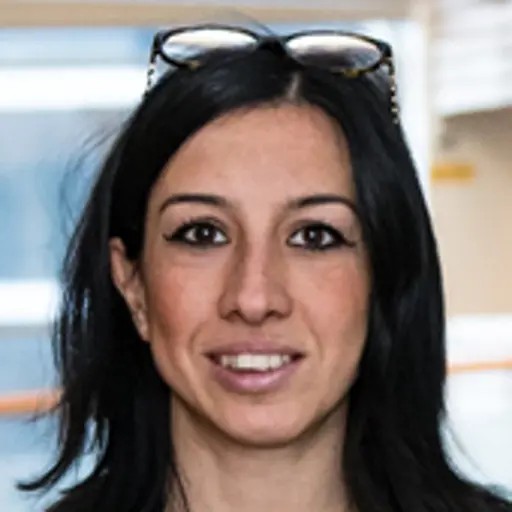Welcome to a mini-symposium on Resources for quantum computation and quantum technology.
Overview
- Date:Starts 13 June 2024, 15:00Ends 13 June 2024, 18:00
- Location:PJ lecture hall, Physics building
- Language:English
The goal of the mini-symposium is to gather experts on quantum resources for quantum computation and quantum technology such as entanglement, coherence and squeezing and to foster interaction on these topics.
Program:
15.00 Armin Tavakoli, Lund University
Conceptualising, detecting and quantifying high-dimensional entanglement
High-dimensional entanglement is a frontier for quantum information science. I discuss the concept of entanglement dimensionality, first for two-particle systems and then for multi-particle systems. I first show how to construct criteria for entanglement dimensionality which supersede several well-known ones from the literature. Then, I present methods for how to quantify high-dimensional entanglement using very few measurements. Finally, I explore the multi-particle scenario - where no standard definition of entanglement dimensionality exists. I propose a definition and present a first study on its characterisation and relevance for state-of-the-art experiments.
15.30 Vaishali Adya, KTH Royal Institute of Technology
Generation and detection of squeezed light for quantum sensing and communication experiments
Squeezed light technology has improved the sensitivity of precision measurement experiments ranging from gravitational wave detection to microscopy. Right from its conception in 1950’s to the first implementation in LIGO, squeezed light generation has come a long way. In this talk today, I will discuss the principles of generation, detection and manipulation of squeezed light with the motivation of using the same as a continuous variable entanglement source in the National Quantum Communication infrastructure.
16.00 FIKA
16.15 Gerardo Adesso, University of Nottingham
Every quantum helps
What makes quantum technologies tick? Advantages in communication, computation, metrology and other applications can be traced back to distinct manifestations of quantum theory, such as coherence and entanglement. We characterise these quantum signatures and their operational power under the unifying lens of resource theories. We then show that every quantum resource, even without an underlying convex structure, yields an advantage in some channel discrimination task, enabling a strictly greater success probability than what is achievable by any state without the given resource. We further explore recent progress in untapping these benefits for practical quantum-enhanced imaging and sensing tasks.
16.45 Erik Sjöqvist, Uppsala University
Geometric iSWAP-type quantum gates on the Schmidt sphere
The Schmidt sphere [1] complements the Bloch spheres in the geometric description of two-qubit
states. We demonstrate iSWAP-type quantum gates that depends solely on paths on the Schmidt sphere [2]. Their entangling capability is examined by means of Makhlin invariants [3]. The gates can naturally be implemented in pairs of transmon qubits.
References:
[1] ES, Phys Rev A 62, 022109 (2000).
[2] M. Johansson Saarijärvi, ES, Phys Rev A 109, 042610 (2024).
[3] Yu. Makhlin, Quantum Info Proc 1, 243 (2002).
17.15 FIKA
17.30 Fabrice Laussy, Instituto de Ciencia de Materiales de Madrid - ICMM
Two photons everywhere
We discuss two-photon physics, taking for illustration the particular but topical case of resonance fluorescence. We show that the basic concepts of interferences and correlations provide at the two-photon level an independent and drastically different picture than at the one-photon level, with landscapes of correlations that reveal various processes by spanning over all the possible frequencies at which the system can emit. Such landscapes typically present lines of photon bunching and circles of antibunching. The theoretical edifice to account for these features rests on two pillars: i) a theory of frequency-resolved photon correlations and ii) admixing classical and quantum fields. While experimental efforts have been to date concentrated on correlations between spectral peaks, strong correlations exist between photons emitted away from the peaks, which are accessible only through multiphoton observables. These could be exploited for both fundamental understanding of quantum-optical processes as well as applications by harnessing these unsuspected resources. [https://arxiv.org/abs/2402.14010]
